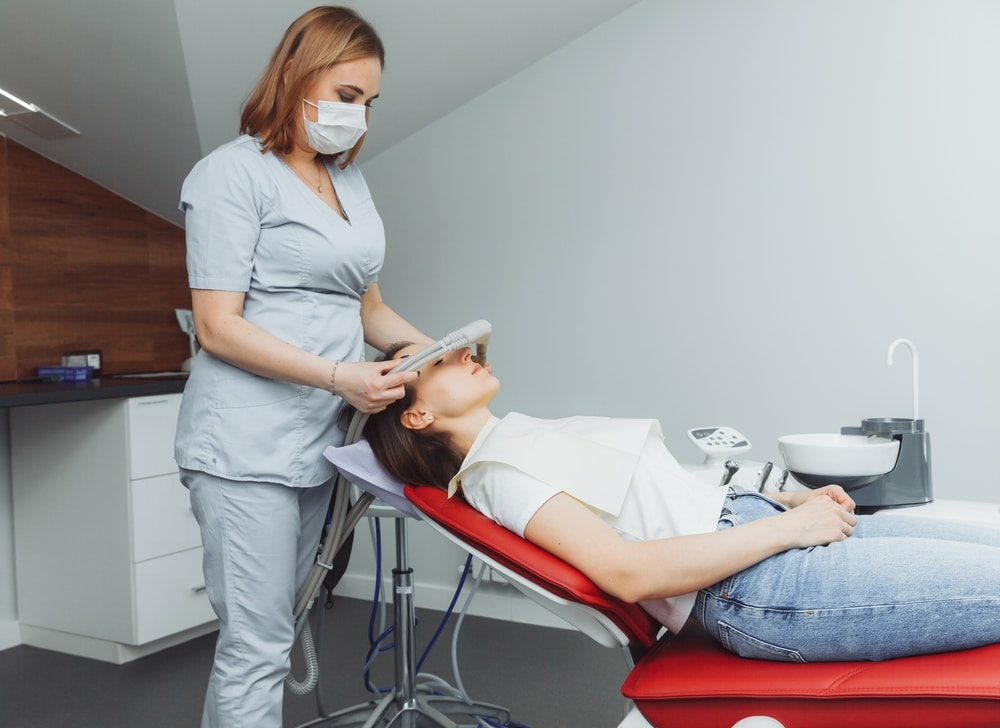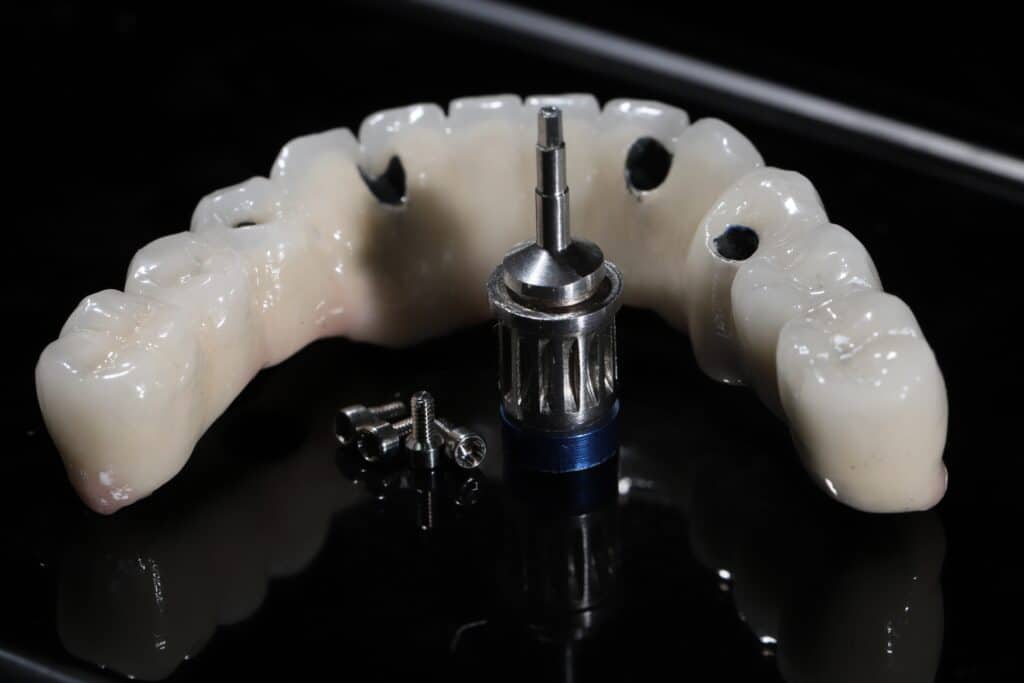
Invisalign Myths Busted Your Path to a Perfect Smile
Are you considering Invisalign near you as a solution for your orthodontic needs but need clarification on whether it’s the right choice? At Legacy Dental in Omaha, we understand that misconceptions can make it challenging to navigate your options. Many people have heard various myths about clear aligners, leading to confusion about their effectiveness, comfort, and overall experience. In this blog, we’ll tackle some of the most common myths surrounding Invisalign and provide the facts you need to make an informed decision about your dental health. Whether you’re a parent exploring options for your teen or an adult looking to enhance your smile discreetly, we’re here to guide you every step of the way. Let’s set the record straight on Invisalign and discover how it can transform your smile at Legacy Dental! What Exactly is Invisalign? Invisalign is a modern orthodontic treatment that uses clear, custom-made aligners to shift teeth into their desired positions. Unlike traditional metal braces, Invisalign offers a discreet and flexible solution for those seeking to improve their dental alignment. Its popularity has surged, with numerous patients opting for the convenience and aesthetic benefits it provides. However, despite its growing acceptance, several myths surround Invisalign that need debunking. Let’s explore these misconceptions and uncover the truth. Myth 1: Invisalign is Only for Cosmetic Purposes Contrary to popular belief, Invisalign serves more than just cosmetic purposes. While it can undoubtedly enhance the appearance of your smile, it also offers functional improvements. Invisalign effectively corrects dental issues, such as misaligned bites, overcrowded teeth, and spacing problems. By addressing these concerns, Invisalign improves aesthetics and promotes better oral health. Properly aligned teeth are easier to clean, reducing the risk of cavities and gum disease. Therefore, Invisalign is a comprehensive solution that goes beyond mere appearances. Myth 2: Invisalign Treatment is Only for Adults Another common misconception is that Invisalign is exclusively for adults. In reality, Invisalign is suitable for both teens and adults. The Invisalign Teen system is designed to accommodate the unique needs of younger patients. It includes features like compliance indicators to ensure consistent wear and eruption tabs to allow molars’ growth. Many teenagers have achieved successful results with Invisalign, which has improved their smiles and boosted their confidence. Whether you’re a teenager or an adult, Invisalign offers a versatile treatment option for achieving a straighter smile. Myth 3: Invisalign is Too Expensive One of the primary concerns for many patients considering Invisalign is cost. While it’s true that Invisalign may initially seem more expensive than traditional braces, a closer look reveals the long-term benefits. Invisalign offers a more aesthetically pleasing option, often increasing satisfaction and confidence throughout treatment. Additionally, the convenience of removable aligners allows for easier maintenance and improved oral hygiene. When considering the potential benefits and the positive impact on your overall well-being, the investment in Invisalign becomes worthwhile. Myth 4: Invisalign Treatment is Painful A common myth surrounding Invisalign is that the treatment is painful. In reality, Invisalign is designed to be comfortable and manageable. When you switch to a new set of aligners, you may experience slight discomfort or pressure as your teeth adjust. However, this discomfort is typically mild and temporary, often subsiding within a few days. Most patients find Invisalign far less painful than traditional braces, as there are no metal brackets or wires to irritate. Overall, Invisalign offers a more comfortable and pleasant orthodontic experience. Myth 5: Invisalign is Less Effective Than Traditional Braces Some skeptics believe that Invisalign is less effective than traditional braces. However, research and patient testimonials consistently demonstrate the effectiveness of Invisalign in various dental correction cases. Invisalign aligners are custom-made using advanced technology and precise calculations to ensure optimal tooth movement. They can address many orthodontic issues, including crowding, spacing, overbites, underbites, and crossbites. With proper compliance and guidance from dental professionals, Invisalign can deliver results that rival traditional braces. Myth 6: Invisalign Treatment Takes Longer Than Traditional Braces Another myth deters individuals is the belief that Invisalign isn’t suitable for severe misalignment or complex orthodontic issues. However, developments in Invisalign technology have expanded its capabilities, allowing it to address a broader range of dental problems. While traditional braces might still be recommended for complex cases, Invisalign can successfully treat many severe issues, such as significant overbites, underbites, crossbites, and excessive crowding and gaps. The system continually advances, with new attachments, elastics, and refined trays that enhance its effectiveness. Each treatment plan is customized, allowing orthodontists to design the most appropriate strategy using digital imaging and simulation to foresee outcomes. In many instances, Invisalign is just as efficient as traditional braces in tackling intricate dental cases, offering patients a discreet, modern alternative without sacrificing quality or results. Myth 7: Invisalign Can Cause Speech Problems Some individuals worry that wearing Invisalign aligners may affect their speech. While there may be a brief adjustment period, most patients find that their speech returns to normal fairly quickly. Initially, you may experience a slight lisp or difficulty pronouncing certain sounds, but these issues are usually temporary. With practice and consistent wear, your tongue adapts to the aligners, allowing you to speak naturally. It’s important to remember that minor speech adjustments are a small trade-off for the long-term benefits of a straighter smile. Myth 8: Invisalign Can Affect Eating Habits Unlike traditional braces, Invisalign aligners offer the advantage of being removable. This means you can enjoy your favorite foods without restrictions. Before eating, remove the aligners and store them in their case. Unlike braces, which require avoiding sticky or hard foods, Invisalign allows you to maintain regular eating habits. After meals, brush your teeth and clean the aligners before putting them back in. This flexibility ensures that your treatment doesn’t interfere with your enjoyment of food or your ability to maintain a balanced diet. Myth 9: Invisalign Aligners Need Constant Maintenance and Care To ensure that your Invisalign aligners remain clear and free from bacteria, follow these simple steps: Adhering to these cleaning practices will help you maintain the









